By the 7th century BC, ancient Babylon had fallen under the shadow of other powers in the region, then a great king was born – it was time for Babylon to rise again. Nebuchadnezzar II was the city’s great builder king, reigning from 605-562 BC. In his over 40 years of rule, he extended the borders of his kingdom and undertook immense architectural efforts in his cities, most notably in the capital of Babylon.
Nebuchadnezzar II inherited the throne
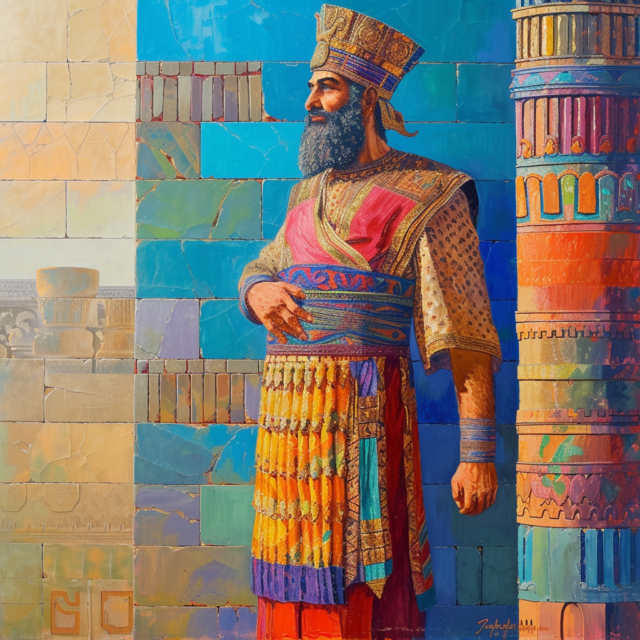
Nebuchadnezzar II inherited the throne from his father, Nabopolassar, the first in the Chaldean lineage of kings to reign the Neo-Babylonian Empire. Nabopolassar, who’d claimed the throne around 625 BC, began Babylon’s decade-long confrontation with the neighboring Assyrians. The Assyrians lost the war, but their allies remained an open issue.
Nebuchadnezzar II became king around 604-05 BC. He’d already demonstrated his prowess as Prince Consort, defeating the combined Egyptian and Assyrian armies in a battle near Carchemish. He was a celebrated hero after the engagement, as he’d appropriated new territories into the Neo-Babylonian Empire.
Growing Babylon’s power
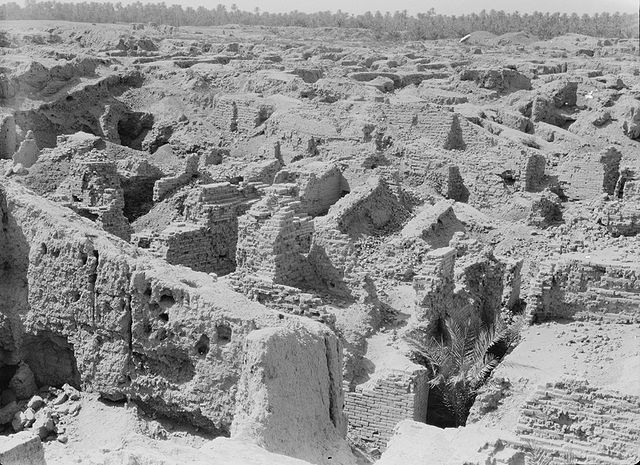
Under Nebuchadnezzar II, Babylon grew in strength and power. The empire stretched from the Persian Gulf in the south, over the ancient Tigris and Euphrates river in the middle, and ending in the west with Syria and Palestine. Its territories included the historic Kingdom of Judea, which Nebuchadnezzar II claimed from Egypt, Babylon’s most serious competitor to retain control of this territory.
What Nebuchadnezzar II did was drain each new territory he controlled of its gold and treasures, using them for the prosperity and revival of Babylon. In fact, this would be his life mission: to restore the city’s former glory, lost in the previous century when much of the region was under the dominion of the Assyrians.
His own name must have served as motivation, as well. Nebuchadnezzar I was another great monarch, who’d reigned from 1125-04 BC as the most distinguished ruler of that dynasty. Both men share one other thing in common: they centered religion around the deity of Marduk, despite building their empires centuries apart.
Building Babylon
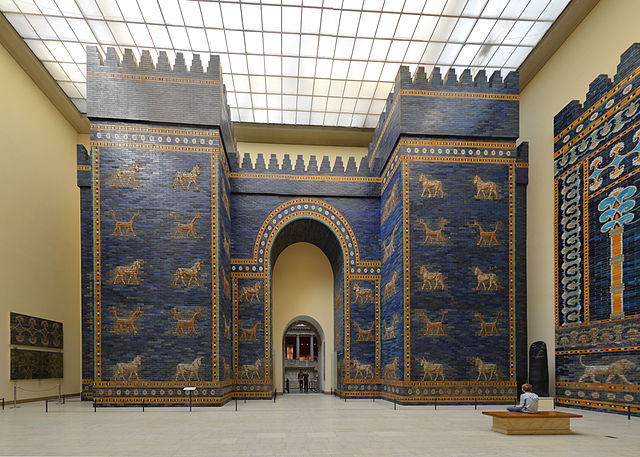
As for building Babylon, Nebuchadnezzar II stunningly improved its defensive structures by adding fortifications, walls, a great moat and canals. Water, a precious resource, was secured with a most sophisticated irrigation system, previously unseen in the known world.
This same advanced water system could have well nourished the enigmatic Hanging Gardens of Babylon, traces of which have never been found by archeologists. These were yet another of Nebuchadnezzar II’s accomplishments.
Nebuchadnezzar II also paved the Processional Way, which connected with the famous Ishtar Gate. It would be around this that the Babylonians would gather to celebrate a new agricultural year and engage in New Year religious processions.
Nebuchadnezzar II and Judaism
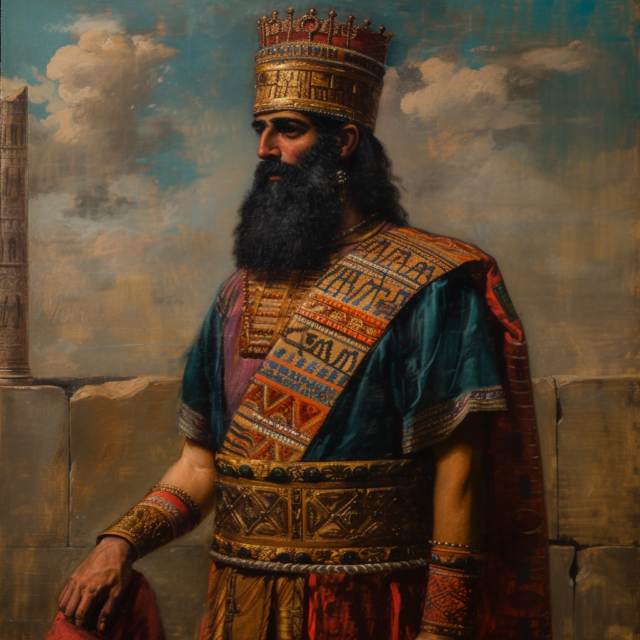
If Nebuchadnezzar II was loved for his great achievements by his own people, he was, of course, not so by those he confronted. When the kingdom of Judah also fell under Babylonian rule and the Jewish elite were sent into exile, he ensured his name was entered into the Holy Scriptures as the great enemy of the Jewish people.
In the Book of Jeremiah and the Book of Daniel, Nebuchadnezzar II was referred to as the “enemy of God.” This depiction of him has endured throughout the ages, going so far as to associate him with the “Antichrist” in some circles. A famous example of this is William Blake’s famous painting, showing the king in a brute, almost demonic state.
Implications of Nebuchadnezzar II’s efforts
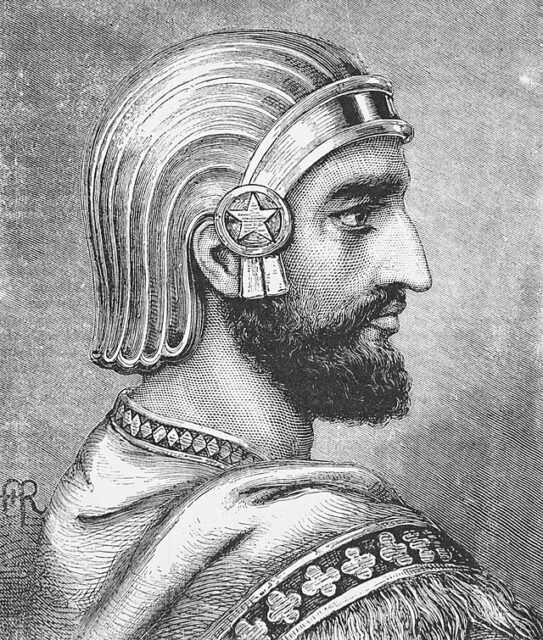
The prosperity of Nebuchadnezzar II’s Babylon had implications far greater than he could have possibly imagined. When he died in 562 BC, the city’s glory and power quickly plummeted. There was no succeeding ruler great enough to endure his legacy. Just two decades later, a new power rose to prominence in the region. Led by Cyrus the Great, the Persians seized Babylon, signaling the beginning of a new era for this great ancient power center.
Following his death, the exiled Judean population also went back and rebuilt their city of Jerusalem. However, many also opted to stay in Babylon, which, in the meantime, had grown as their new, thriving religious center. The Babylonian Talmud was produced in the city, today considered the principal source of Jewish religious law and theology.
More from us: Colossus of Rhodes – The Ancient Wonder That Towered Over Greece
National Geographic writes about the effect of the exile: “The pain of separation from home runs through the books of the Bible devoted to this time, resulting in some of its most beautiful passages. In his allegory of the Exile, Ezekiel casts Nebuchadnezzar as a ‘great eagle, with great wings and long pinions, rich in plumage of many colors.’
“The eagle king is presented as an instrument of God, who carries away the Jews and plants them as a seedling in ‘fertile soil; a plant by abundant waters, he set it like a willow twig’ (Ezekiel 17:35). The experience profoundly shaped Jewish religious and national identity.”
